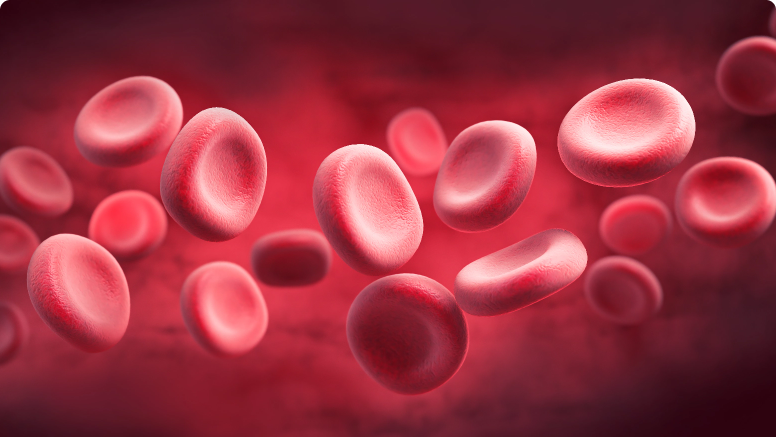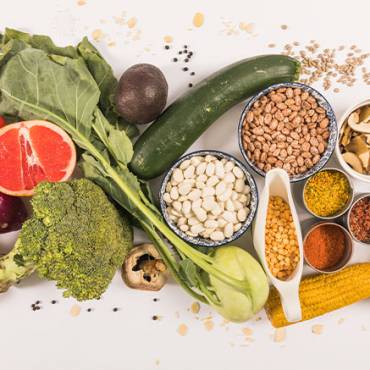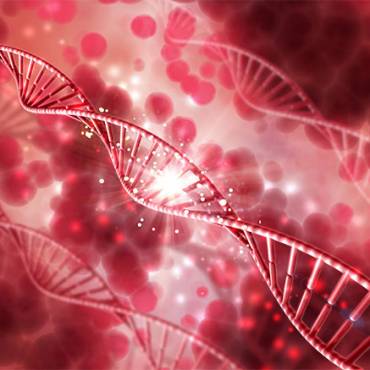Anemia is a condition in which the number of red blood cells (RBCs) or the haemoglobin (Hb) concentration within RBC is lower than normal. Haemoglobin is required to carry oxygen and if anyone has very few or abnormal red blood cells, or not enough haemoglobin, there will be decreased capacity of the blood to carry oxygen to the various body’s tissues.1 When Hb concentration level is lower than 11g/dl for pregnant women and children six month to five years of age, 12g/dl for children 6-14 years of age and 13g/dl for men, anemia can occur.2
The optimal haemoglobin concentration is needed to meet physiologic needs and it varies by factors like age, sex, pregnancy status, diet.1
Anemia can be caused by deficiency of essential nutritional elements required for haemoglobin synthesis (iron, vitamin B12, and folic acid), repeated pregnancy, blood loss, blood disorder, such as sickle cell anemia and infectious diseases, such as malaria, tuberculosis, HIV and parasitic infections.1,2,3
Anemia results in a range of symptoms, including fatigue, weakness, dizziness, drowsiness, and shortness of breath.1 As such, it can cause significant consequences like impaired mental and psychomotor development, reduced work performance, increased susceptibility to parasitic infections (decreased immunity), growth retardation in children and in severe cases increased rate of child and maternal mortality.2
According to the World Health Organisation (WHO), there are 2 billion people with anemia in the world, and half of the anemia is due to iron deficiency. Anemia is a late indicator of iron deficiency, so it is estimated that the prevalence of iron deficiency is 2.5 times that of anemia.3 Anemia particularly affects young children and pregnant women.1 WHO estimates that globally, almost half (47.4%) of all preschool aged children and 41.8% pregnant women suffer from anemia.2
[expand title=References]
- Anaemia. Available at https://www.who.int/health-topics/anaemia#tab=tab_1 World Health Organization; 2023. Licence: CC BY-NC-SA 3.0 IGO.
- Hirpasa Teressa. A Review on Major Causes of Anemia and its Prevention Mechanism. Int J cell Sci & mol biol. 2019; 6(3): 555686. This work is licensed under Creative Commons Attribution 4.0 License. DOI: 10.19080/IJCSMB.2019.06.555686. The article has been taken from the International Journal of Cell Science & Molecular Biology and the content has been modified for its use on the platform. This is attributed to Hirpasa Teressa and the original version can be found in the link https://juniperpublishers.com/ijcsmb/pdf/IJCSMB.MS.ID.555686.pdf. A Review on Major Causes of Anemia and its Prevention Mechanism. Int J cell Sci & mol biol. 2019; 6(3): 555686.
- Gamit MJ, Talwelkar HS. Survey of different types of anemia. Int J Med Sci Public Health 2017;6(3):493-496. This is distributed under the terms of the Creative Commons Attribution 4.0 International License (http://creativecommons.org/licenses/by/4.0/). The article has been taken from the International Journal of Medical Science and Public Health and the content has been modified for its use on the platform. This is attributed to Mital J Gamit and Hemlata S Talwelkar and the original version can be found in the link https://www.bibliomed.org/mnsfulltext/67/67-1472322351.pdf?1679399727 . Survey of different types of anemia. Int J Med Sci Public Health 2017;6(3):493-496.
[/expand]
Disclaimer: This blog is brought to you by Cipla Limited(“Cipla”) for information and awareness purposes. NOT INTENDED AS A SUBSTITUTE FOR PROFESSIONAL MEDICAL ADVICE. Please consult your doctor healthcare professional before starting any treatment/medicine. Cipla shall not be responsible for the contents of this blog or for any opinions expressed or advice shared herein. Cipla makes no representations with respect to the accuracy, completeness, correctness, suitability, or validity of any information mentioned herein, and shall not be responsible for any direct, indirect, consequential, or other damages arising therefrom. The “CIPLA” mark and logo are the sole intellectual property of Cipla Limited. Image/ Characters shown are only for representation.”






